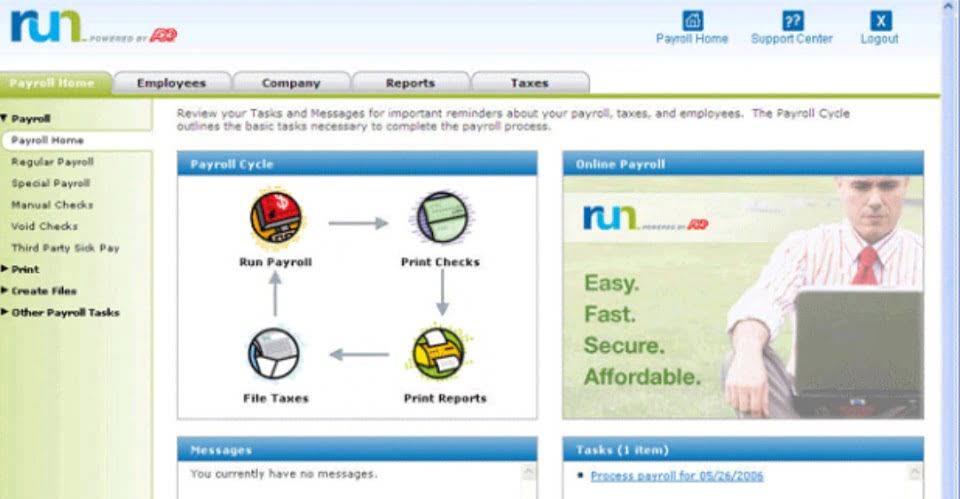
This transaction will decrease ABC’s Cash account by $5,000, and its liability Notes Payable account will also decrease by $5,000. To reduce the Cash account, the account must be credited since it is an asset account. On the other hand, the Notes Payable account is expected to be debited since it is a liability account.
Understanding T-Account
The credit was to loan, so this is used to describe what has happened to our bank account above. The next transaction relating to the bank account was on the 7th of April. By account, we mean a summary record of all transactions relating to a particular item in a business. If you’ve been studying accounting for even a short amount of time then you’ve probably heard of T-accounts and ledgers.

How to Post Journal Entries to T-Accounts or Ledger Accounts

Shaun Conrad is a Certified Public Accountant and CPA exam expert with a passion for teaching. After almost a decade of experience in public accounting, he created MyAccountingCourse.com to help people learn accounting & finance, pass the CPA exam, and start their career. Mary Roeloffs is a Forbes reporter who covers breaking news with a frequent focus on the entertainment industry, streaming, sports news, publishing, pop culture and climate change. She’s covered Netflix’s hottest documentaries, allegations against Sean “Diddy” Combs, the most popular books of the year and how climate change stands to impact the way we eat. Roeloffs was included on Editor & Publisher Magazine’s “25 Under 30” list in 2023 and worked covering local news in the greater Boston area from 2017 to 2023.
How do you close T accounts at the end of an accounting period?
Using T-accounts makes sure all entries are spot-on and t accounts the income statement shows the real financial performance. For more insights, visit our accounting general journal entries. T-accounts also help manage income statement accounts like revenues, expenses, gains, and losses. Knowing how these entries affect the income statement is crucial for financial analysis.

Journal Entry Tracking
For example, when a company pays $2,000 in rent, the rent expense account is debited, and the cash account is credited to reflect the outflow. Monitoring expenses is crucial for managing costs and calculating the operating margin, which measures the proportion of revenue remaining after covering operating expenses. The credits and debits are recorded in a general ledger, where all account balances must match. The visual appearance of the ledger journal Legal E-Billing of individual accounts resembles a T-shape, hence why a ledger account is also called a T-account.
- For example, reconciling the cash T account with a bank statement identifies discrepancies from timing differences or errors.
- For instance, when a company sells products worth $5,000, the accounts receivable account is debited, and the sales revenue account is credited to reflect the income.
- However, As manual ledger accounts, T-accounts lack the flexibility to generate such customized reports efficiently.
- This process involves transferring the balances of revenue and expense accounts to the equity accounts to prepare for the next accounting period.
- This inefficiency can impede timely financial reporting and decision-making, hindering the organization’s ability to respond swiftly to market changes or internal developments.
- For more insights, visit our accounting general journal entries.
Rent Account

On February 15th, the company XYZ invoices a retained earnings client for $600 worth of service. The payment terms of the invoice call for payment to be received in the following 20 days. Company XYZ provides and collects $4,000 worth of repair services.
